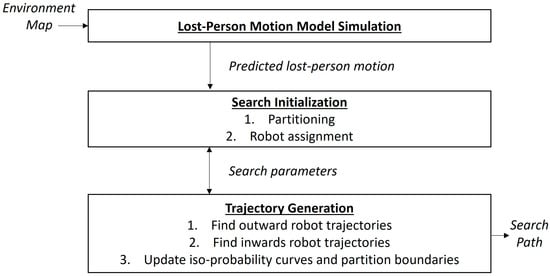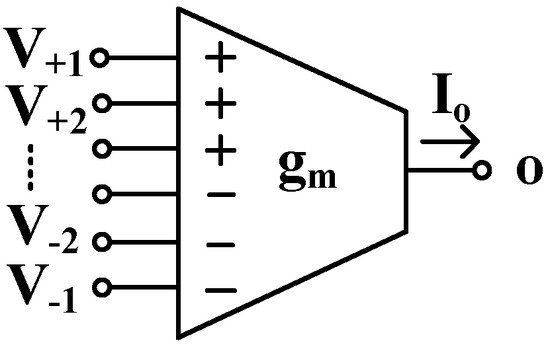Background: Male fertility is known to have been negatively influenced by the progress of civilization. Another condition whose incidence has been on the increase for the same reason is insulin resistance (IR). In addition, men increasingly often resign from the pursuit of active forms of leisure, preferring more sedentary ones. Considering these trends, this aim of this study was to investigate the relationships between lifestyle factors, insulin resistance, and male fertility in men with and without the condition. A further aim was to select those lifestyle factors that would make it possible to predict the level of male fertility, especially when IR is concerned.
Methods: This study was performed in a group of 73 participants, divided into groups based on their insulin resistance status. Their physical activity, diet, perceived stress, sleep quality, libido level, and duration of sexual abstinence were assessed on the basis of a number of parameters, including indices proposed by the authors. In addition, relevant anthropometric measurements were taken and tests related to glucose metabolism and semen quality were carried out. On the basis of these data, statistical tests were performed to establish or disprove relationships between lifestyle choices and semen quality, as measured my sperm motility.
Results: The results of this study highlighted the associations between a number of parameters, i.e., micronutrient and vitamin intake, diet quality, body composition, insulin resistance, and the duration of sexual abstinence, and semen quality, as measured by sperm motility. Significantly, the presence or absence of IR was linked to male fertility. A multivariate model was developed, incorporating parameters such as the Matsuda index, vitamin intake, and sexual abstinence duration, to predict motility scores.
Conclusions: This study underscores the negative impact of modern civilization’s lifestyle choices on male fertility. Notably, vitamin and mineral consumption, especially from antioxidant-rich diets like the Mediterranean diet, emerged as key modifiable factors affecting fertility. Routine diagnostics for insulin resistance in fertility-related interventions is recommended. This study also highlights the importance of considering sexual abstinence duration during semen collection for accurate diagnostic results. Future research should focus on validating the proposed multivariate model and exploring the effects of lifestyle modifications, particularly vitamin supplementation, on fertility outcomes in men, especially in the context of IR.
Full article
 IJMS
IMPACT
IJMS
IMPACT Applied Sciences
IMPACT
Applied Sciences
IMPACT Sustainability
IMPACT
Sustainability
IMPACT Sensors
IMPACT
Sensors
IMPACT JCM
IMPACT
JCM
IMPACT Materials
IMPACT
Materials
IMPACT Molecules
IMPACT
Molecules
IMPACT Energies
IMPACT
Energies
IMPACT Electronics
IMPACT
Electronics
IMPACT Remote Sensing
IMPACT
Remote Sensing
IMPACT Cancers
IMPACT
Cancers
IMPACT Nutrients
IMPACT
Nutrients
IMPACT Mathematics
IMPACT
Mathematics
IMPACT Foods
IMPACT
Foods
IMPACT Buildings
IMPACT
Buildings
IMPACT Polymers
IMPACT
Polymers
IMPACT Animals
IMPACT
Animals
IMPACT Water
IMPACT
Water
IMPACT Plants
IMPACT
Plants
IMPACT Agronomy
IMPACT
Agronomy
IMPACT Biomedicines
IMPACT
Biomedicines
IMPACT Processes
IMPACT
Processes
IMPACT Microorganisms
IMPACT
Microorganisms
IMPACT Diagnostics
IMPACT
Diagnostics
IMPACT Nanomaterials
IMPACT
Nanomaterials
IMPACT Viruses
IMPACT
Viruses
IMPACT Medicina
IMPACT
Medicina
IMPACT Healthcare
IMPACT
Healthcare
IMPACT Cells
IMPACT
Cells
IMPACT Forests
IMPACT
Forests
IMPACT Agriculture
IMPACT
Agriculture
IMPACT Land
IMPACT
Land
IMPACT JMSE
IMPACT
JMSE
IMPACT IJERPH
IJERPH
 Symmetry
IMPACT
Symmetry
IMPACT Genes
IMPACT
Genes
IMPACT Pharmaceutics
IMPACT
Pharmaceutics
IMPACT Coatings
IMPACT
Coatings
IMPACT Micromachines
IMPACT
Micromachines
IMPACT Pharmaceuticals
IMPACT
Pharmaceuticals
IMPACT Atmosphere
IMPACT
Atmosphere
IMPACT Children
IMPACT
Children
IMPACT Religions
IMPACT
Religions
IMPACT Antioxidants
IMPACT
Antioxidants
IMPACT Life
IMPACT
Life
IMPACT Metals
IMPACT
Metals
IMPACT Biomolecules
IMPACT
Biomolecules
IMPACT Vaccines
IMPACT
Vaccines
IMPACT Education Sciences
IMPACT
Education Sciences
IMPACT Minerals
IMPACT
Minerals
IMPACT Horticulturae
IMPACT
Horticulturae
IMPACT Brain Sciences
IMPACT
Brain Sciences
IMPACT JPM
IMPACT
JPM
IMPACT Bioengineering
IMPACT
Bioengineering
IMPACT













